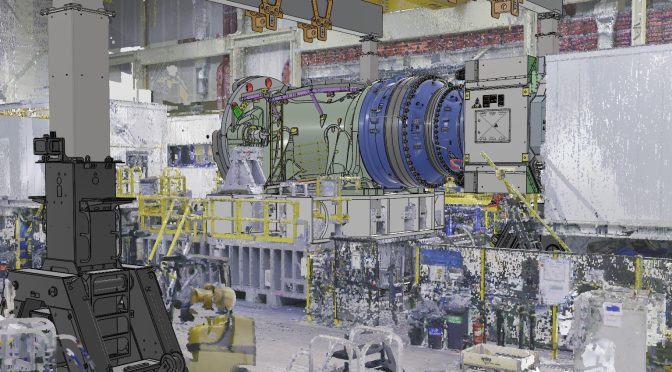ZF Wind Power answers the current and future
growth in the offshore market with the investment in a 15 MW end-
of-line test bench for complete powertrains.
The demand for wind energy is increasing worldwide. Turbines are
getting bigger and more powerful. As a result, the powertrain – the
heart of the turbine – is growing. With the expansion of ZF Wind
Power’s portfolio from the serial gearbox to serial powertrain
production, the manufacturing processes will be adapted, and the end-
of-line test process upgraded.
Empowering a sustainable future together starts on the shop floor
Wind turbine manufacturers are taking drastic measures to mitigate
risks based on strong market fundamentals for achieving sustainable
growth. While the wind energy supply chain faces massive challenges,
ZF commits to taking important steps in empowering a sustainable
future together with its partners.
88038 Friedrichshafen
Deutschland · Germany
PRESSE-INFORMATION
PRESS RELEASE
Page 2/5, April 25, 2023
One of these steps is the integration of powertrain assembly at the shop
floor level. The team uses an advanced software tool to build a digital
twin of the production facility before building the plant and setting up
the assembly processes with maximum use of available production
knowledge. “This encompasses all necessary assembly and logistical
steps to be virtually predefined, checked in 3D, optimized, and
validated,” explains Felix Henseler, CEO of ZF Wind Power. The ZF
development of a digital twin for future serial production ensures swift,
effective integration in the existing manufacturing facilities. “This
involves completely transforming the current set-up for accommodating
future product portfolios, including the V236-15.0 MW,” concludes Felix
Henseler.
18 MNm of torque to test at high load levels
In the first quarter of 2024, the first serial-produced 15 MW powertrain
for the offshore market will leave ZF Wind Power Lommel. Before
these powertrains are shipped to the OEM’s destination, the system
functionality of the complete powertrain (gearbox, generator, and
main bearing assembly) needs to be verified. “An end-of-line test cycle
will check the function of the system under load, testing both
hydraulics and sensor connections, as well as contact patterns for the
gears, in addition to checking lubrication, temperature, pressure, and
noise and vibration levels,” explains Martin Knops, CTO of ZF Wind
Power.
The end-of-line test rig for ZF Wind Power will be delivered by R&D in
the fall of 2023. It conducts very energy-efficient load tests, powered
by the 15 MW generators of the powertrains, providing an impressive
18 MNm of torque to test the unit at high load levels. This final test
ensures that the powertrain and all its connections work as they
should, even when exposed to all forces of nature. “The end-of-line
test rig reduces mounting time by up to 90 percent which enables us
to test two powertrains a day. This is a win-win situation for us and
our partner Vestas,“ summarizes Martin Knops.
Answering the offshore growth: 15.0 MW powertrain in serial
production
Europe plans to become less dependent upon fossil fuels by 2030.
WindEurope explains that the EU needs to build an average of 31 GW
every year up to 2030 to stay on target. In 2022, Europe installed
19 GW of new wind power capacity, of which 2.5 GW were connected
to the grid across seven offshore wind farms.
REPowerEU, the EU’s new energy policy, has doubled down on the
expansion of offshore wind to help power Europe’s future energy
system. Currently, Europe’s installed offshore capacity stands at
30.3 GW. With new, more powerful turbines about to enter the market,
the average installed offshore wind turbines are expected to see their
power ratings increase from 2023 on. “With serial production of the
15 MW powertrain to commence in 2024, we will be able to support
our partner in the prompt delivery of offshore wind projects,“ explains
Felix Henseler. Thanks to the close partnership with Vestas, we are now
able to manufacture innovative powertrain models for offshore turbines
that can produce up to 80 GWh/year. This is the equivalent of the
annual electricity consumption of 20,000 households. “These models
will accelerate the shift from climate-damaging fuels towards clean,
renewable types of energy. We are proud to empower a sustainable
future together with our partners,” concludes Felix Henseler


